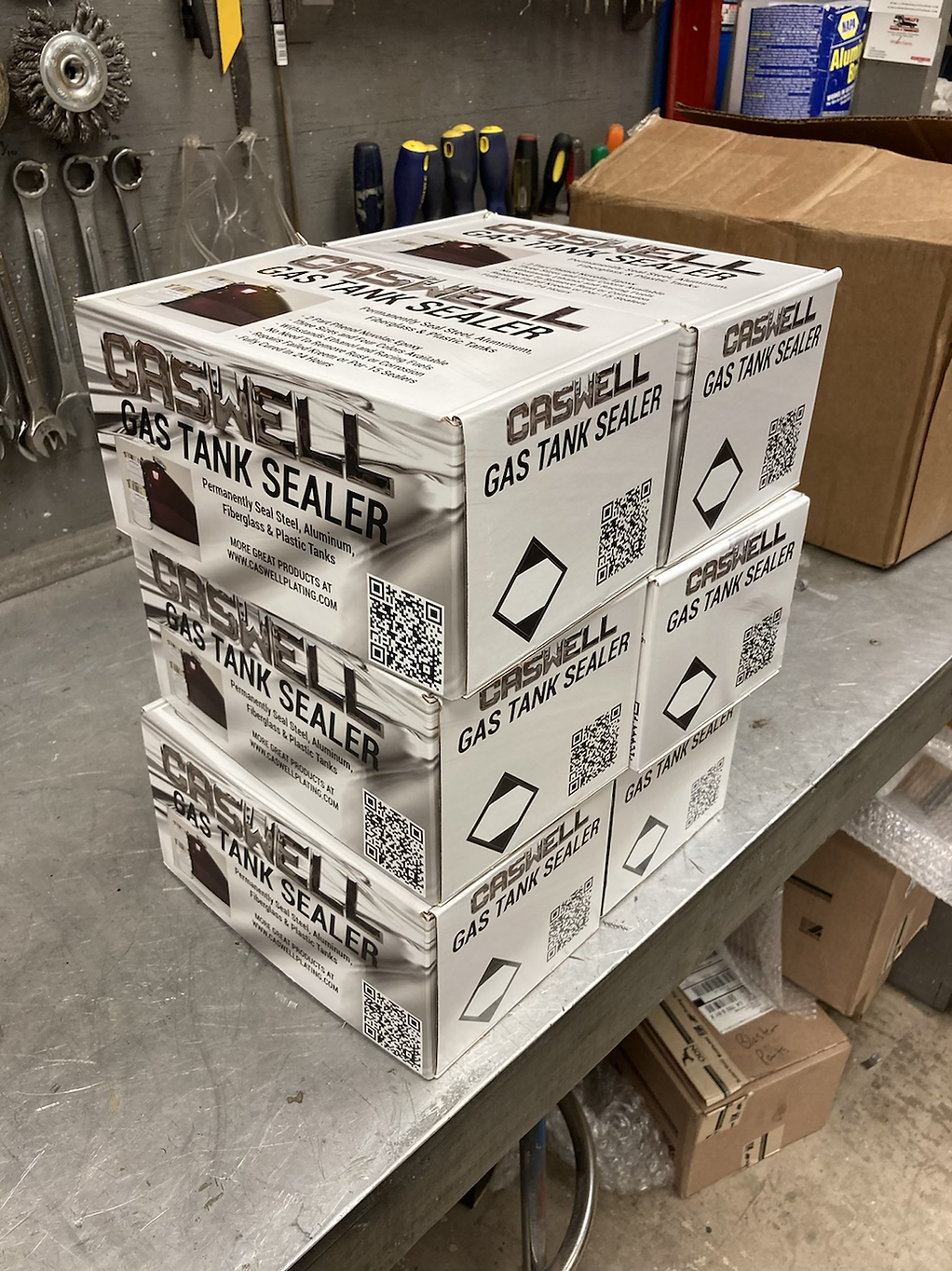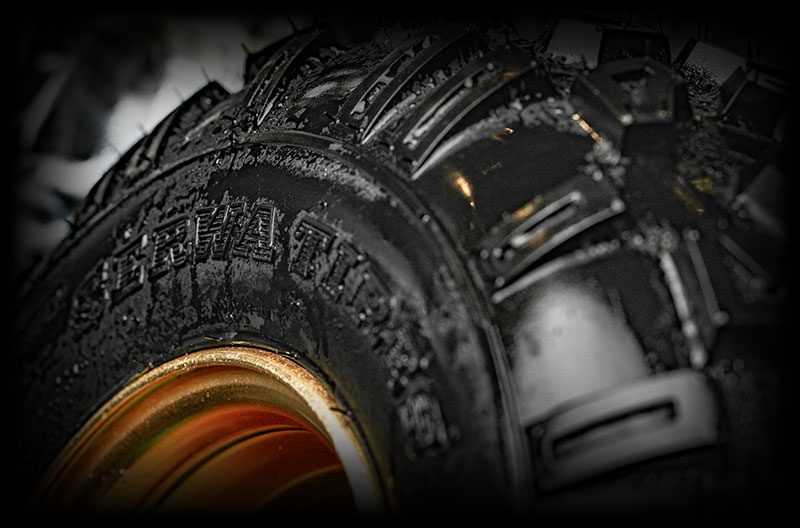Caswell Fuel Tank Liner 10 Gal Battleship Grey
$90.00
Caswell Epoxy Gas Tank Sealer – 10-Gallon Kit Battleship Grey
Permanently Repairs Steel, Aluminum, Fiberglass and Plastic Gas Tanks.
Phenol Novolac Epoxies are a new breed of chemical resistant materials, able to withstand permanent immersion of many harsh solvents, fuels and oils. This Epoxy has much better bond strength than single component products, with strengths of up to 3000 PSI, and this higher strength reduces the need for a clinically clean surface, as the epoxy actually prefers to bond to a rough rusty surface. Our new phenol novolac is more thixotropic, which means it ‘hangs’ on the tank walls during the coating process. This gives a thicker overall coating. There is more volume of material in the kit to allow for this.
What else can you use Gas Tank Sealer for?
1. A corrosion and chemical resistant coating. ie: battery compartments.
2. A high strength adhesive where plenty of working time is needed.
3. A potting compound, to encapsulate electronics.
4. A non-skid surface, just bed in aluminum oxide.
5. Relining old potato peeler machines (Hobart type) – coat liner and bed in aluminum oxide.
6. Repair leaks in concrete vessels. Add fine sand to make a mortar.
7. Bonds to almost anything except polyethylene (gas tanks are not made of polyethylene). Bonds to wood, plastic, rubber, concrete, metals.
8. Making high quality molds – virtually no shrinkage on curing.
9. Thin cross section repair of sheared parts, such as; broken cups, dishes, or a split leg on a chair.
Application Instructions:
All traces of oil and gasoline should first be removed by pouring about 1 pint of acetone or lacquer thinner into the tank, and rotating the tank several times to thoroughly sluice the sides with solvent. Dispose of the contaminated solution.
When recoating your gas tank from failed Kreem or POR-15 tank sealers, remove the old, failed coating using a paint stripper containing Methylene Chloride.
Place a hand full of drywall screws into the tank and shake them around vigorously for several minutes. These will dislodge any loose particles of rust. In the case of Fiberglass and plastic tanks, this will rough up the tank interior, improving adhesion.
Rinse out the tank with about 1-pint of acetone or lacquer thinner, then set aside and allow to dry. Use an airline to blow air into the tank to aid drying.



